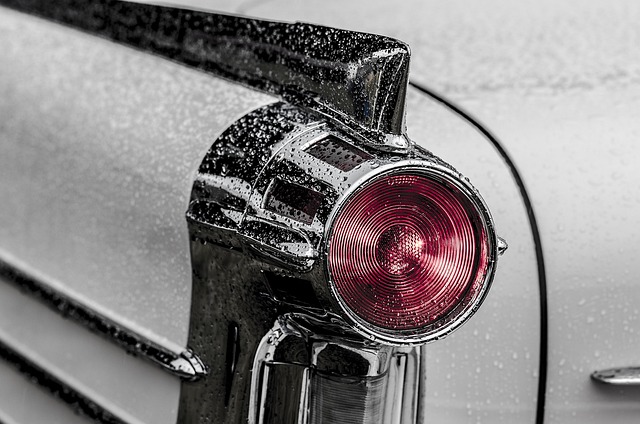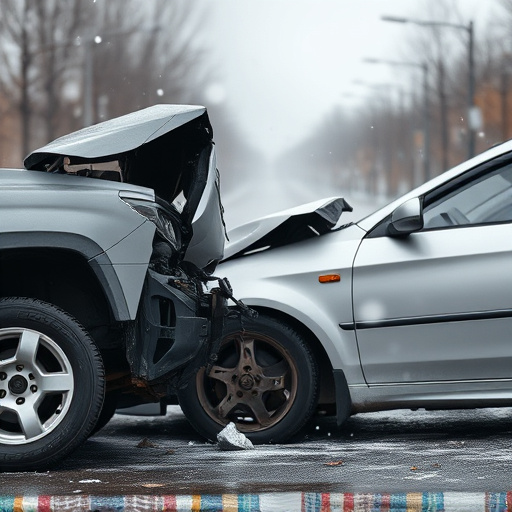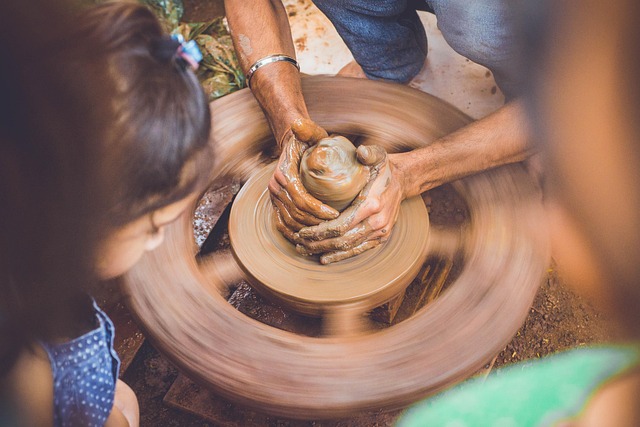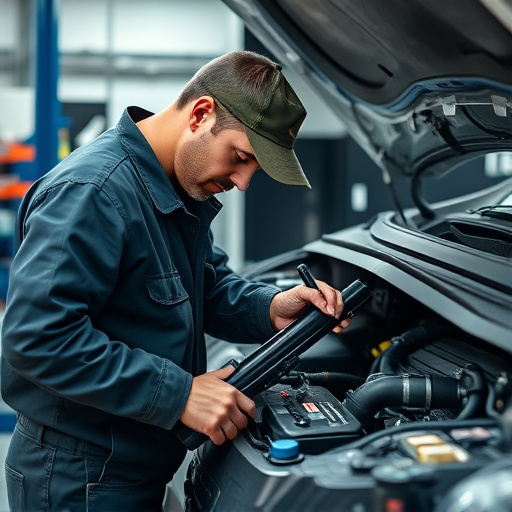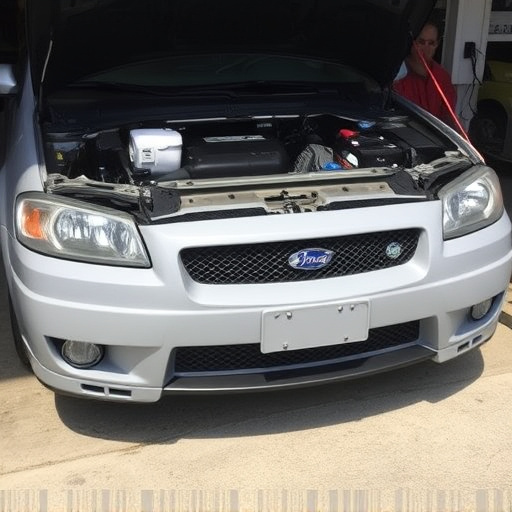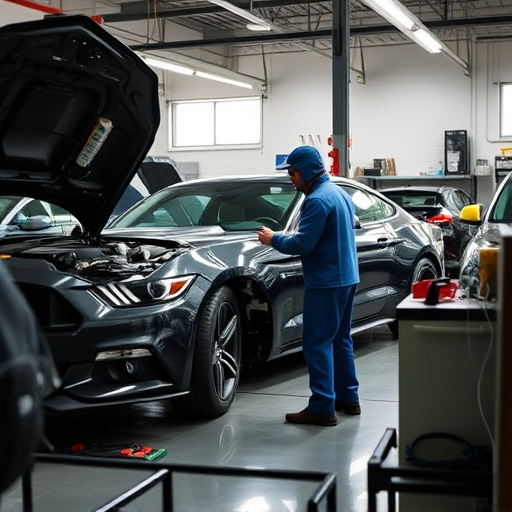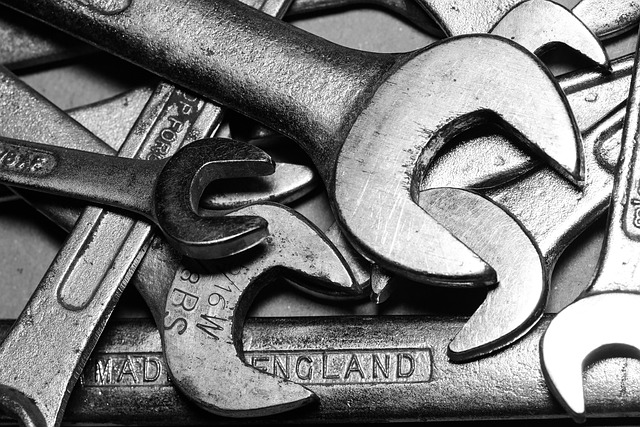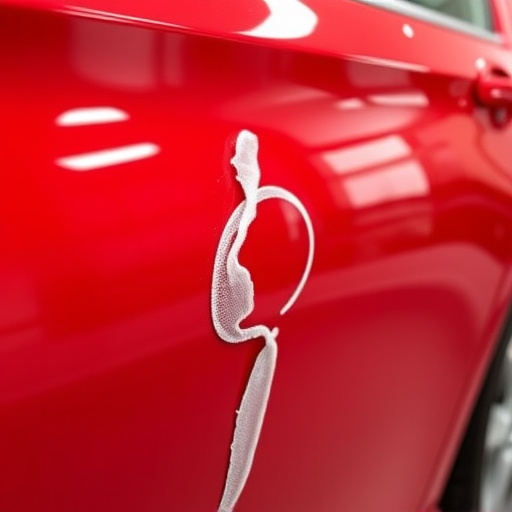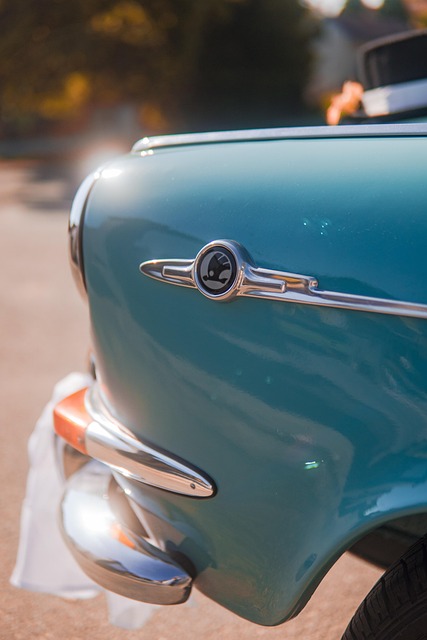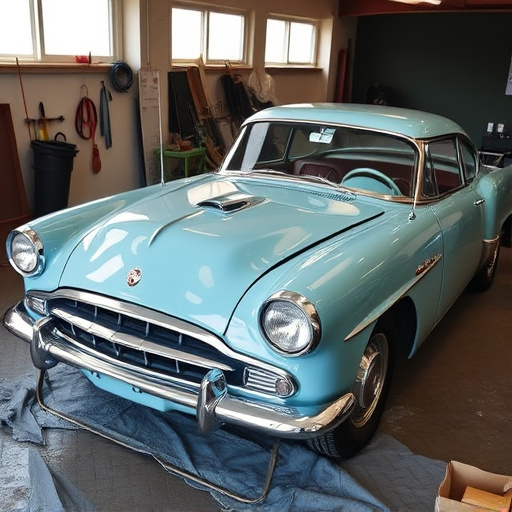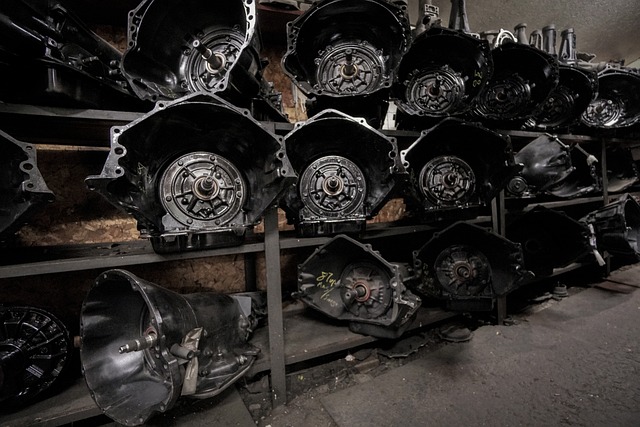Before scheduling a car collision repair, conduct a thorough visual inspection of your vehicle to document all visible damage inside and out, taking photos for insurance claims. Check doors, hood, trunk, and affected panels for dents, scratches, or cracks in paintwork and glass. Use a flashlight to examine hard-to-reach areas. If unsure about any area's integrity, consult a professional mechanic. This initial assessment helps auto bodywork specialists provide accurate estimates and efficient service.
Preparing for a car collision repair involves careful planning and knowledge of what to expect. Before your appointment, assess your vehicle’s damage—from crumpled fenders to shattered windshields—noting every detail. Understand that different types of collisions cause unique issues, be it a rear-end crash or a side impact. Document and photograph the harm for insurance claims.
Research a reputable repair shop, considering factors like certifications, specialized services, and online reviews. Gather essential documents, insurance information, and prepare your vehicle for the process. Understanding the expected timeline and cost estimate will ensure a smooth repair experience.
- Assess Your Vehicle's Damage
- – Understanding the extent of the damage
- – Common types of car collisions and their effects
Assess Your Vehicle's Damage
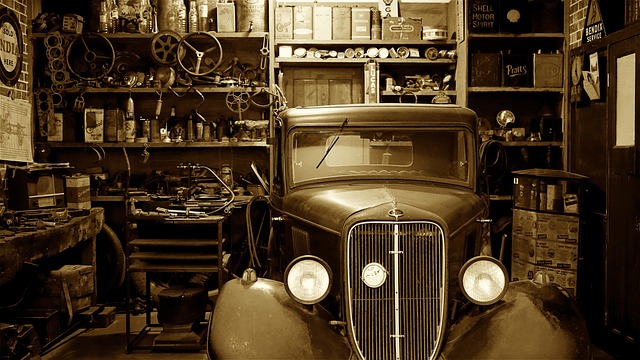
Before your car collision repair appointment, take some time to thoroughly assess the damage to your vehicle. Start by conducting a visual inspection, looking for any visible dents, scratches, or cracks in the paintwork and glass. Check all four doors, the hood, trunk, and any other panels that may have been affected during the collision. Pay close attention to the alignment of the car, as misaligned body panels could indicate more severe structural damage.
Use a flashlight to peer into hard-to-reach areas and check for hidden dents or damages. If you’re unsure about any specific area’s integrity, consult with a professional mechanic or an automotive body shop expert who can provide guidance. This initial assessment will help you understand the extent of the work required, ensuring a smoother process when discussing your car’s repairs with the auto bodywork specialists at your chosen collision repair center.
– Understanding the extent of the damage
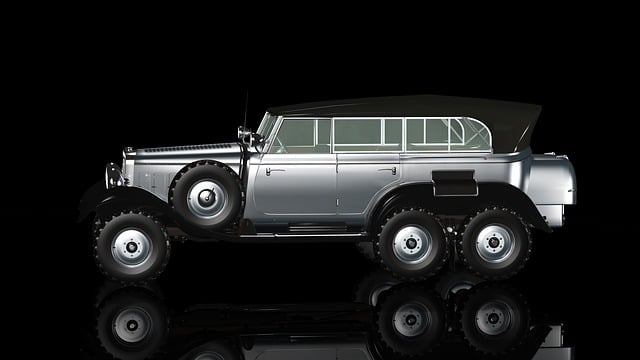
Before scheduling your car collision repair appointment, it’s crucial to understand the full extent of the damage done to your vehicle. Start by thoroughly inspecting your car, noting every visible dent, scratch, or crack on both the exterior and interior. Take pictures of these damages as evidence for insurance purposes and to share with the auto body shop. This step is essential as it will help you get a clear idea of what repairs are needed.
Consider the functionality of each damaged part. For instance, if your car’s fender or hood is bent beyond repair, you’ll need to replace them. Similarly, evaluate how the collision has affected safety features like airbags and sensors. Once you have a comprehensive view of the damage, you can communicate effectively with the collision repair center, ensuring they provide accurate estimates for both vehicle body repair and any necessary replacement parts, making your appointment more efficient.
– Common types of car collisions and their effects

Car collisions can take many forms, each with its own unique impact on your vehicle. Common types include rear-end collisions, where one car hits another from behind, often resulting in damage to the rear bumper, license plate, and tail lights. Side impact or “t-bone” collisions happen when two cars collide at an angle, causing significant damage to doors, side mirrors, and sometimes the frame. Head-on collisions are among the most severe, potentially leading to extensive damage across the front end of both vehicles, including crumple zones, windshields, and engine compartments.
Each type of collision can affect various components of your car, from structural integrity (frame and chassis) to exterior panels (body panels, fenders, doors) and even interior parts (dashboard, airbags). Proper preparation for a car collision repair appointment involves gathering information about the type and extent of damage, consulting with auto body restoration experts who can assess and quote repairs, including vehicle paint repair where necessary. Efficient healing begins with comprehensive knowledge of your options and trusted car repair services.
When preparing for a car collision repair appointment, assessing your vehicle’s damage is the first step towards getting back on the road safely. Understanding the common types of car collisions and their effects empowers you to communicate effectively with technicians, ensuring they address every concern. With the right preparation, you’ll be one step closer to a successful car collision repair experience.
